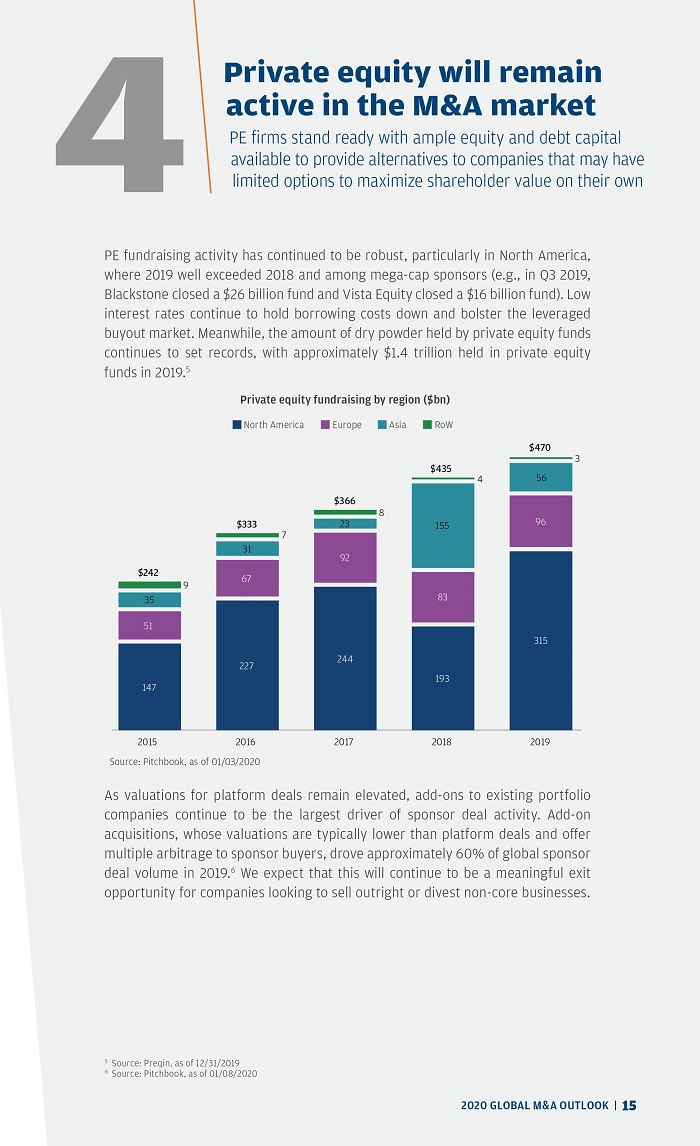"Navigating Med School Loans: Essential Tips for Future Physicians"
Guide or Summary:Understanding Med School LoansFederal vs. Private Med School LoansHow to Apply for Med School LoansStrategies for Managing Med School Loans……
Guide or Summary:
- Understanding Med School Loans
- Federal vs. Private Med School Loans
- How to Apply for Med School Loans
- Strategies for Managing Med School Loans
- Exploring Loan Forgiveness Options
- Planning for a Debt-Free Future
#### Introduction to Med School Loans
Understanding Med School Loans
Med school loans are financial aids specifically designed to help students cover the costs associated with medical education. These loans play a crucial role in enabling aspiring doctors to pursue their dreams, as medical school can be prohibitively expensive. The average cost of attending medical school can range from $30,000 to over $60,000 per year, depending on the institution and location. Therefore, understanding the various types of med school loans available is essential for prospective medical students.
#### Types of Med School Loans
Federal vs. Private Med School Loans
When considering med school loans, students primarily have two options: federal loans and private loans. Federal loans, such as Direct Unsubsidized Loans and Grad PLUS Loans, typically offer lower interest rates and more flexible repayment options. They also come with benefits like income-driven repayment plans and potential loan forgiveness programs. On the other hand, private loans may offer higher borrowing limits but often come with stricter credit requirements and less favorable repayment terms.

#### The Application Process
How to Apply for Med School Loans
Applying for med school loans involves several steps. First, students should complete the Free Application for Federal Student Aid (FAFSA) to determine their eligibility for federal loans. After submitting the FAFSA, students will receive a financial aid award letter detailing the types and amounts of aid they can receive. For private loans, students must research various lenders, compare interest rates, and complete separate applications. It’s essential to read the fine print and understand the terms before committing to any loan.
#### Managing Med School Debt
Strategies for Managing Med School Loans
Once students secure their med school loans, managing that debt becomes a priority. Here are some strategies to consider:

1. **Budgeting**: Create a budget that accounts for living expenses, tuition, and loan repayments. This will help students live within their means and avoid accruing unnecessary debt.
2. **Scholarships and Grants**: Actively seek scholarships and grants to reduce the amount borrowed. Many organizations offer financial support specifically for medical students.
3. **Income-Driven Repayment Plans**: After graduation, consider enrolling in an income-driven repayment plan, which adjusts monthly payments based on income, making it easier to manage loan repayments.
#### Loan Forgiveness Programs

Exploring Loan Forgiveness Options
Many med school graduates may qualify for loan forgiveness programs. The Public Service Loan Forgiveness (PSLF) program is one of the most well-known options, which forgives remaining loan balances after 120 qualifying monthly payments while working for a qualifying employer. Additionally, some states offer loan repayment assistance for physicians who commit to working in underserved areas.
#### Conclusion
Planning for a Debt-Free Future
Navigating med school loans can be daunting, but with careful planning and awareness of available resources, students can successfully manage their financial obligations and focus on their medical education. By understanding the types of loans, the application process, and strategies for repayment, future physicians can take significant steps toward a debt-free future. Remember, the goal is not only to become a doctor but to do so without being overwhelmed by debt.